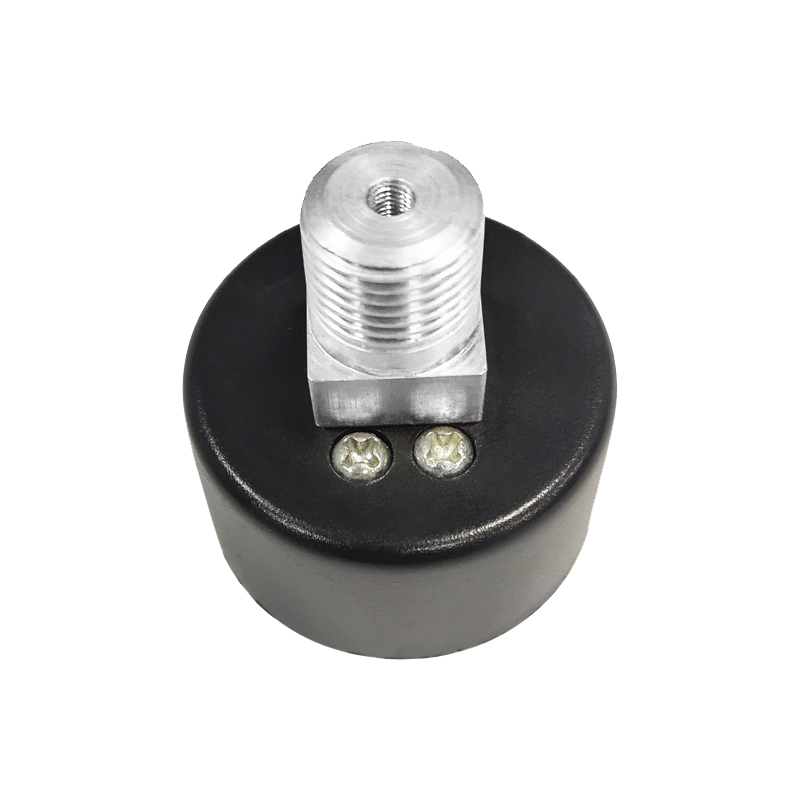
Sep . 03, 2024 21:36 Back to list
metallic diaphragm pressure gauge
Understanding Metallic Diaphragm Pressure Gauges
Pressure gauges are essential instruments in various industries, providing crucial information about the pressure of gases and liquids. Among the different types of pressure gauges, metallic diaphragm pressure gauges stand out for their accuracy, reliability, and ability to function in harsh environments. This article explores the structure, working principle, applications, and advantages of metallic diaphragm pressure gauges.
Structure
A metallic diaphragm pressure gauge primarily consists of a metallic diaphragm, a housing, and a mechanical movement mechanism. The diaphragm is typically made from elastomeric metals such as stainless steel or alloy materials, providing durability and resistance to corrosion. It is sealed in a housing, often filled with liquid for better performance in damp or hazardous environments. This design allows the gauge to maintain high measurement accuracy and withstand extreme pressures, temperatures, and environmental conditions.
Working Principle
The working principle of a metallic diaphragm pressure gauge is straightforward yet effective. When pressure is applied to the liquid or gas inside the gauge, it exerts force on the metallic diaphragm, causing it to flex. This flexing is proportional to the pressure exerted. The diaphragm's movement is transferred to a mechanical movement mechanism that converts the diaphragm's deflection into a readable measurement on the gauge's dial or electronic display.
The sensitivity of the diaphragm, coupled with its design geometry, allows for precise readings, making it an excellent choice for applications requiring detailed pressure monitoring
.Applications
metallic diaphragm pressure gauge

Metallic diaphragm pressure gauges find applications across a wide range of industries. They are commonly used in oil and gas, chemical processing, pharmaceuticals, food and beverage, and HVAC systems. These gauges are ideal for measuring pressures in various substances, including corrosive liquids, gases, and steam. Their robustness makes them suitable for both industrial applications and more delicate environments where accuracy is paramount.
In addition to these industries, metallic diaphragm pressure gauges are also utilized in scientific research and laboratory settings where precise pressure measurement is critical.
Advantages
One of the key advantages of metallic diaphragm pressure gauges is their ability to deliver accurate and consistent readings, even in challenging environments. Their all-metal construction offers reliable performance, eliminating the risk of failure common in liquid-filled gauges. Additionally, metallic diaphragm gauges are less affected by temperature fluctuations, making them suitable for applications with varying thermal conditions.
Another benefit is the minimal maintenance requirement. Due to their rugged design and lack of sensitive liquids, these gauges exhibit a longer operational lifespan and reduced need for replacement compared to other gauge types.
Metallic diaphragm pressure gauges also offer a high level of versatility. They can be tailored to specific applications by choosing different materials, diaphragm geometries, and configurations, ensuring optimal performance regardless of the operational conditions.
Conclusion
In conclusion, metallic diaphragm pressure gauges are indispensable tools in various sectors, providing accurate and reliable pressure measurements. Their robust design, sensitivity, and versatility make them a preferred choice for industries that require precision monitoring under challenging conditions. As technology continues to evolve, it is likely that these gauges will further enhance their capabilities, continuing to play a crucial role in pressure measurement globally.
-
High-Precision Mass Diaphragm Pressure Gauge - Reliable & Durable Solutions
NewsJun.10,2025
-
Explain Diaphragm Pressure Gauge Expert Guide, Top Manufacturers & Quotes
NewsJun.10,2025
-
Affordable Differential Pressure Gauge Prices in China Top Manufacturers
NewsJun.10,2025
-
Reliable Water Fire Extinguisher Pressure Gauges for Safety
NewsJun.10,2025
-
Durable Diaphragm Protection Pressure Gauges Get Quote
NewsJun.09,2025
-
WIKA Differential Pressure Gauge with Switch Reliable Monitoring & Control
NewsJun.09,2025
